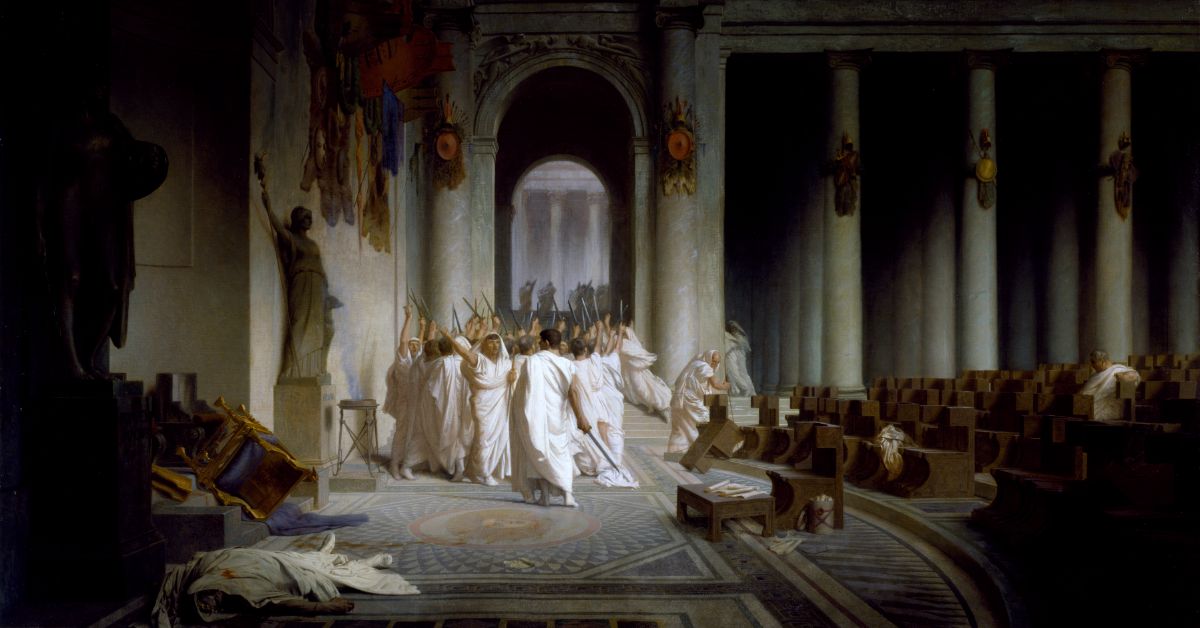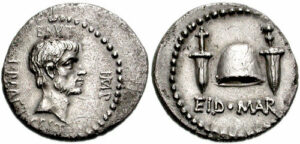
Caution on the Ides of March
Image: The Death of Caesar (1867), by Jean-Léon Gérôme. Oil on canvas, 85.5 × 145.5 cm (33.7 × 57.3 in). Walters Art Museum, Baltimore, Maryland
You may have heard the phrase, “Beware the Ides of March”, but where does it come from and what does it mean?
A quick history lesson
The Ides was a day in each month of the ancient Roman calendar. The Romans structured their months around three key days—the Kalends, the Nones and the Ides—which marked the different phases of the moon.
The Kalends was the first day of each month, marking the new moon, the Nones was the seventh day, marking the quarter moon, and the Ides was the fifteenth day, marking the rise of the full moon in the middle of the month.
So, the Ides of March is just the ancient Roman way of saying “the fifteenth of March”. But it was especially significant since the Roman new year began in March, therefore it marked the first full moon of the year, a day looming with import!
While many things have happened on the Ides of March, the most famous is that it was the day the Roman statesman Julius Caesar was assassinated in 44 BC.
The Shakespearean link
The phrase “Beware the Ides of March” actually comes from Shakespeare’s play Julius Caesar. (It’s a tragedy in case you weren’t sure).
The story goes that Julius Caesar is warned by a soothsayer to “Beware the Ides of March”. He arrogantly spurns the prophecy, saying, “He is a dreamer; let us leave him: pass.” When the day arrives, Caesar is on his way to the Senate House and sees the soothsayer. He mocks him and boasts, “The Ides of March are come”, to which the soothsayer replies, “Ay, Caesar; but not gone.” And that very day, Caesar is assassinated by a group of conspirators, led by his friend Brutus.
Cool coins
Something that Shakespeare didn’t include in his play is that Brutus commissioned a coin to commemorate the assassination of Julius Caesar. It’s called the Denarius of Brutus.

On one side is the head of Brutus and on the other is a Pileua (a type of cap worn in the ancient world) between two daggers, with the words “Eid” and “Mar” underneath.
There are approximately 100 of these silver coins left, and they are among the rarest ancient coins in existence today!



